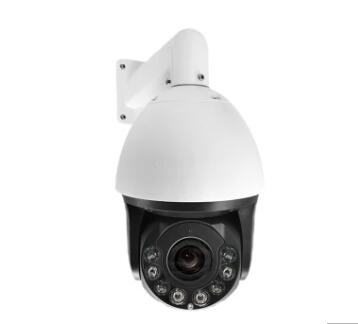The Social Dilemma: Unraveling the Complex Web of Personal Surveillance on Social Media Platforms
2023-12-22
Introduction:
In the digital age, social media platforms have become ubiquitous in our daily lives, offering avenues for connection, self-expression, and information sharing. However, the convenience and allure of these platforms come at a cost—personal surveillance. This blog delves into the multifaceted ways in which social media platforms contribute to the surveillance of individuals, exploring the mechanisms through which our online activities are monitored, analyzed, and, at times, exploited.
1. Data Collection: The Currency of Social Media Surveillance
At the heart of personal surveillance on social media lies the collection of vast amounts of user data. Every click, like, share, and comment becomes valuable currency for social media platforms. These platforms track user behavior, preferences, location, and even the time spent on specific content, creating a comprehensive profile that serves as a goldmine for targeted advertising and algorithmic manipulation.
2. Algorithmic Surveillance: Tailoring Content to Individuals
Social media platforms employ sophisticated algorithms that continuously analyze user interactions to curate personalized content feeds. While this can enhance user experience, it also means that these algorithms are constantly surveilling user preferences, determining what content individuals are likely to engage with, and shaping the information they are exposed to. This algorithmic surveillance creates a filter bubble, reinforcing existing beliefs and preferences.
3. Targeted Advertising: Turning Surveillance into Profit
The data collected through social media surveillance is often leveraged for targeted advertising. Advertisers can pinpoint specific demographics, interests, and behaviors, ensuring that their messages reach the most relevant audience. While this can be advantageous for advertisers, it raises concerns about the level of intrusion into users' lives and the potential for manipulation based on intimate knowledge of individual preferences.
4. Psychological Profiling: Understanding Users at a Deeper Level
Social media platforms go beyond demographic targeting and engage in psychological profiling. By analyzing user interactions, reactions, and content consumption, these platforms build intricate psychological profiles. This detailed understanding of users enables platforms to predict behavior, influence decision-making, and, in some cases, exploit vulnerabilities for various purposes, including political manipulation.
5. Location Tracking: Mapping Our Digital Footprints
Many social media platforms access and store location data, providing a detailed map of users' movements. While this feature can enhance the user experience through location-based services, it also opens the door to invasive surveillance. Location data can be misused, leading to privacy concerns and potential security risks if accessed by malicious actors.
6. The Illusion of Privacy: Navigating the Paradox
Social media platforms often create an illusion of privacy through customizable settings and privacy controls. However, the reality is that users are often unaware of the extent of surveillance or willingly trade personal information for the convenience and features offered by these platforms. Navigating the delicate balance between sharing and safeguarding personal information is a persistent challenge in the realm of social media.
Conclusion:
As we navigate the interconnected landscape of social media, it is crucial to recognize the intricate web of personal surveillance that accompanies these platforms. Acknowledging the trade-offs between convenience and privacy empowers users to make informed decisions about their online presence. As we continue to grapple with the implications of social media surveillance, fostering a culture of digital literacy, advocating for transparent practices, and demanding ethical standards from social media platforms are essential steps toward reclaiming a sense of control over our digital identities.



